10 year ascvd risk assessment
2013 ACCAHA guideline on the assessment of cardiovascular risk. Estimates of 10-year risk for ASCVD are based on data from multiple community-based populations and are applicable to African-American and non-Hispanic white men and women 40 through 79 years of age.
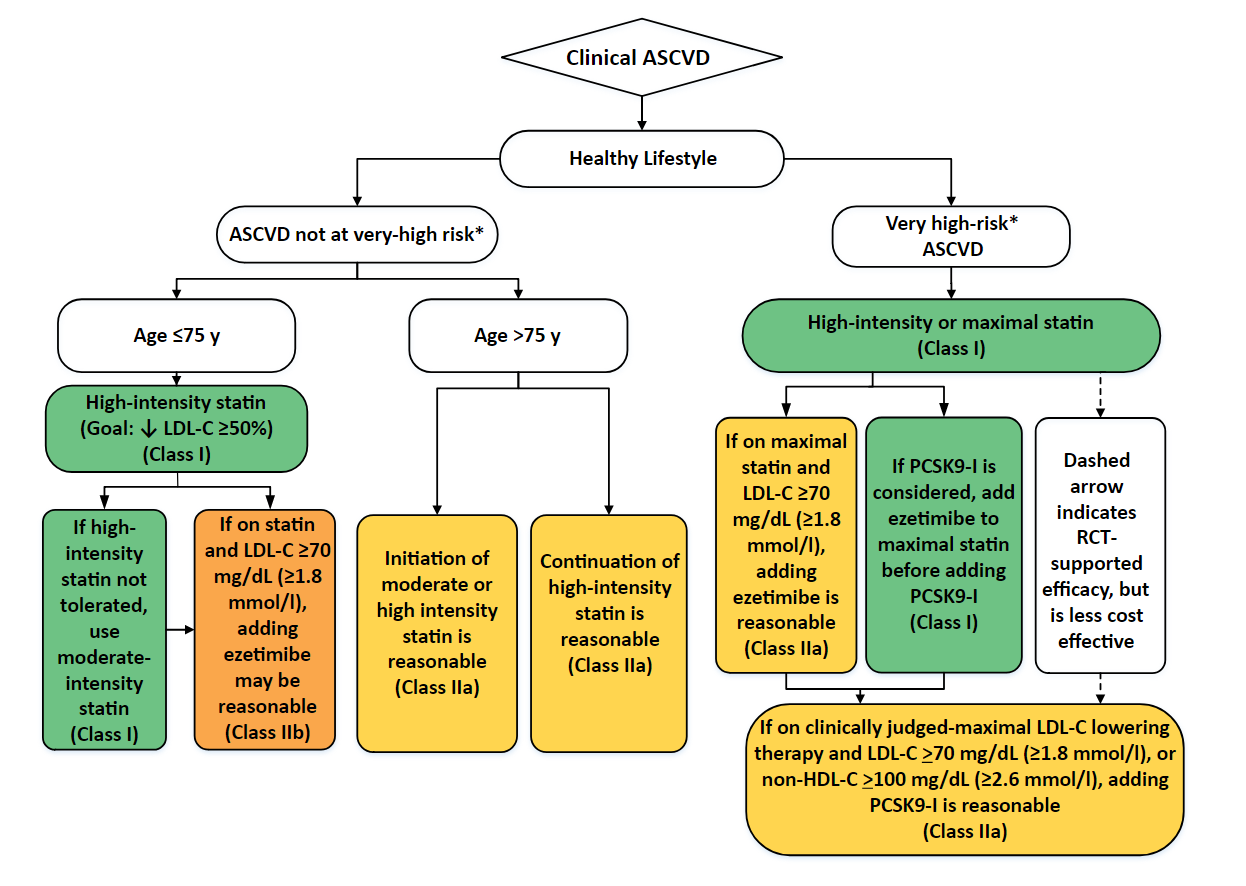
Multilingual Ascvd Risk Estimator English
Low-risk.

. 072 for the Pooled Cohort equation albeit over a longer time frame than the 10-year risk estimated by. In individuals aged 20 to 59 years of age a lifetime risk assessment is mentioned by guidelines with a low strength of evidence. Should undergo 10-year atherosclerotic cardio-vascular disease ASCVD risk estimation and have a clinicianpatient risk discussion before starting on pharmacological therapy such as antihyper-tensive therapy a statin or aspirin.
Calculate your 10-year risk of heart disease or stroke using the ASCVD algorithm published in 2013 ACCAHA Guideline on the Assessment of Cardiovascular Risk. Risk Assessment Working Group. Healthcare providers use the American College of.
Patients with low absolute cardiovascular risk 10-year ASCVD risk. The Framingham risk score estimates the risk of developing CHD within a 10-year time period. The updated 10-year ASCVD risk at follow-up visits and projected 10 -year ASCVD risk values are derived from.
In individuals without CVD and with 10-year ASCVD risk 10 antihypertensive medication should be. This lifetime estimation was based on a paper published in 2006 that was developed by assigning a patient. In addition assessing for other risk-enhancing factors can help guide decisions about preventive interventions in.
This risk score may not adequately reflect the long-term or lifetime CHD risk of young adults which is. Moderate- or high-intensity statin COE I. For more information about the inputs and calculations used in this app see Terms and Concepts in the Resources tab below.
It should also include assessment of the CVD risk target organ damage and concomitant clinical conditions that may affect the BP or related target organ damage as well as recognition of features suggestive of secondary hypertension. In such patients a blood pressure target of. 1 A long-term risk assessment may be more accurate in younger individuals free from ASCVD eg 20 to 59 years old.
This calculator assumes that you have not had a prior heart attack or stroke. The race- and sex-specific Pooled Cohort Equations to predict 10-year risk of a first hard ASCVD event should be used in non-Hispanic African Americans and non-Hispanic whites 40 to 79 years of age. However conducting a more detailed 10-year risk assessment every 4-6 years is reasonable in adults ages 40-79 who are free of.
If you have generally it is recommended that you discuss with your doctor about starting aspirin and a statin. The risk is categorized as follows. The risk score can help you make lifestyle changes or take medicines to prevent heart disease.
For more information about the inputs and calculations used in this app see Terms and Concepts in the Resources tab below. Initial 10-year ASCVD risk either at a first visit or a previous visit being used for comparison is calculated via the Pooled Cohort Equation published as part of the 2013 ACCAHA Guideline on the Assessment of Cardiovascular Risk. The ASCVD Risk Assessment Calculator gives both the 10-year and lifetime risk of developing atherosclerotic heart disease which includes heart attack and stroke.
The China-PAR project Prediction for ASCVD Risk in China is aimed at developing and validating. These cardiovascular risk assessments use personal health information to calculate a 10-year and lifelong risk of heart disease. However the c-statistic from the PDAY score measured under age 40 is comparable or higher than published results for the Pooled Cohort equation 07710794 for a single point estimate of the PDAY risk score at a CARDIA examination vs.
One in two for men and one in three for women. A report of the American College of CardiologyAmerican Heart Association. Use of risk.
Published Nov 2013 Download PDF 2 MB. 10-year risk for ASCVD is categorized as. 1224 The examination should include inspection of the skin assessment of foot deformities neurological assessment 10-g monofilament testing with at least one other assessment.
Braun LT Ndemele CE et al. All experts involved in the development of these guidelines have submitted declarations of interest. Recommendations for Assessment of 10-Year Risk of a First Hard ASCVD Event.
Study Quality Assessment Tools. The accurate assessment of individual risk can be of great value to guiding and facilitating the prevention of atherosclerotic cardiovascular disease ASCVD. If the 10-year ASCVD risk estimate is 10 this indicates that among 100 patients with the entered risk factor profile 10 would be expected to have a heart attack or stroke in the next 10 years.
Risk assessment for 10-year and lifetime risk is recommended using an updated ASCVD risk calculator. If A1C target is still not achieved after 3 months of dual therapy proceed to a three-drug combination Fig. 75 10-year ASCVD risk.
This 2022 European Atherosclerosis Society lipoproteina Lpa consensus statement updates evidence for the role of Lpa in atherosclerotic cardiovascular disease ASCVD and aortic valve stenosis provides clinical guidance for testing and treating elevated Lpa levels and considers its inclusion in global risk. Pinprick temperature vibration. However prediction models in common use were formulated primarily in white populations.
Systematic Evidence Review from the Risk Assessment Work Group. The updated 10-year ASCVD risk at follow-up visits and projected 10 -year ASCVD risk values are derived from. S77 cardiovascular outcomes trials.
For some of the sex-age groups in Framingham the numbers of events are quite small. 1022 In adults with diabetes and 10-year ASCVD risk of 20 or higher. For patients with ASCVD add a second agent with evidence of cardiovascular risk reduction after consideration of drug-specific and patient factors see p.
These have been compiled in a report and published in a sup. Less than 5 low risk 5 to less than 75 borderline risk 75 to less than 20 intermediate risk Greater than or equal to 20 high risk. 1 A long-term risk assessment may be more accurate in younger individuals free from ASCVD eg 20 to 59 years old.
Low-risk. ASCVD risk should be reassessed every four to six years in patients whose identified 10-year ASCVD risk is low 10-year ASCVD risk is intermediate 75 to 199 percent or following the identification of a new risk factor. Initial 10-year ASCVD risk either at a first visit or a previous visit being used for comparison is calculated via the Pooled Cohort Equation published as part of the 2013 ACCAHA Guideline on the Assessment of Cardiovascular Risk.
10-year risk for ASCVD is categorized as. In individuals aged 20 to 59 years of age a lifetime risk assessment is mentioned by guidelines with a low strength of evidence. This lifetime estimation was based on a paper published in 2006 that was developed by assigning a patient.
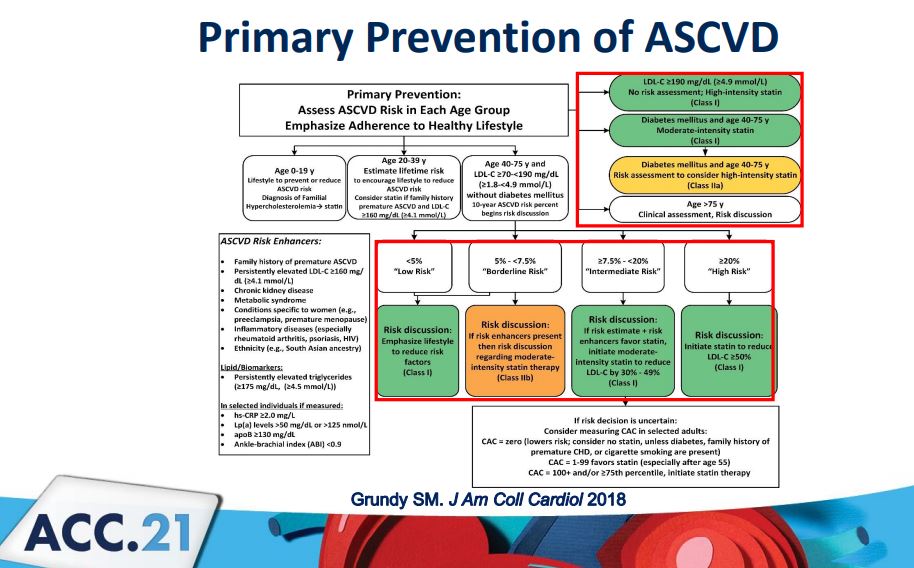
Gurleen Kaur Md V Tvittere 6 Cv Risk Assessment Guidelines Recommend Use Of Pooled Cohort Equations Pce For 10 Year Ascvd Risk Can Under And Over Estimate Risk In Some Populations Consider Risk Enhancing Factors May

Cardiovascular Risk Estimation By The Ascvd Risk Estimator Application In A University Hospital International Journal Of Cardiovascular Sciences

Ascvd Risk Estimator

10 Year Ascvd Risk Score Stratification At Baseline Download Scientific Diagram

Criteria For Ascvd Risk Assessment Treatment Goals And Levels At Download Table

New Treatment Approach In Lipid Management 2013 Acc Aha Guideline On The Treatment Of Blood Cholesterol To Reduce Atherosclerotic Cardiovascular Risk In Adults
2

Ascvd Risk Estimator

Abstract 14109 Statin Eligibility Among Young Adults Prior To Myocardial Infarction Circulation

Mean Estimated 10 Year Ascvd Risk At Baseline Stratified By Blood Download Table

Ascvd Risk Estimator
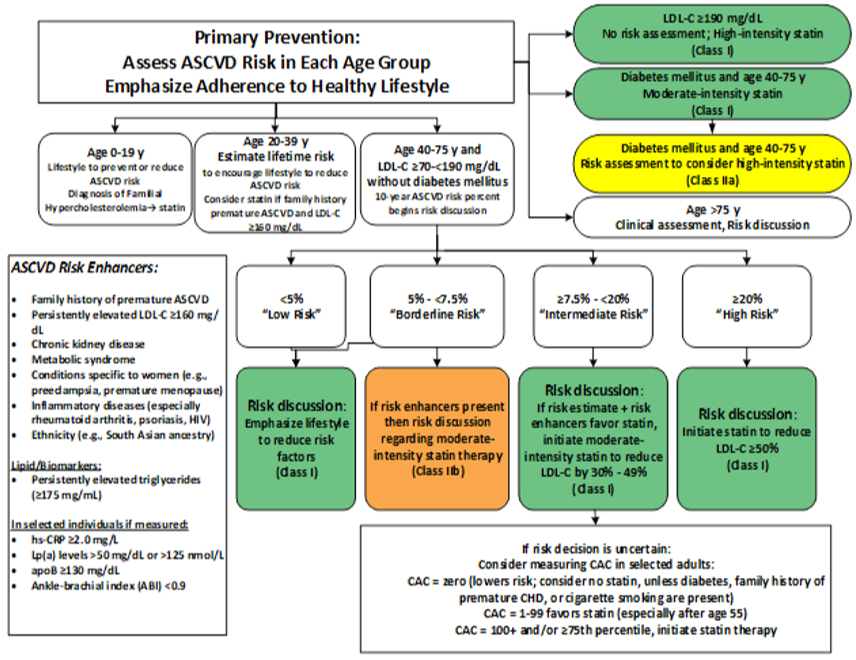
Ascvd Risk Estimator
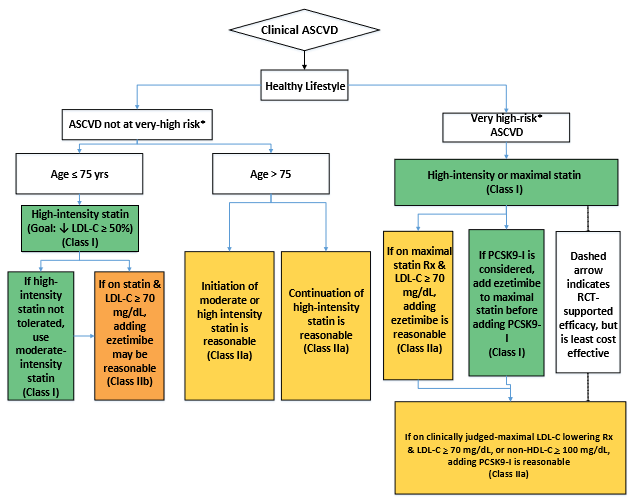
Ascvd Risk Estimator
Ascvd Risk Estimator

Primary Prevention The Role Of Ascvd Risk Enhancer Ascvd Download Scientific Diagram
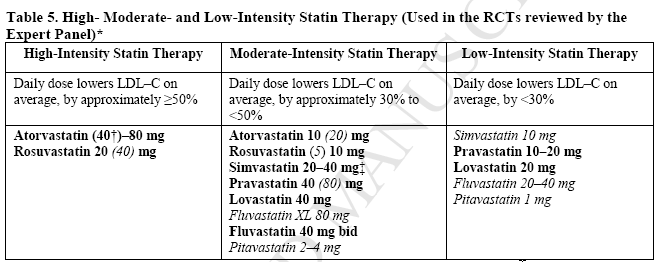
Lipid Page2
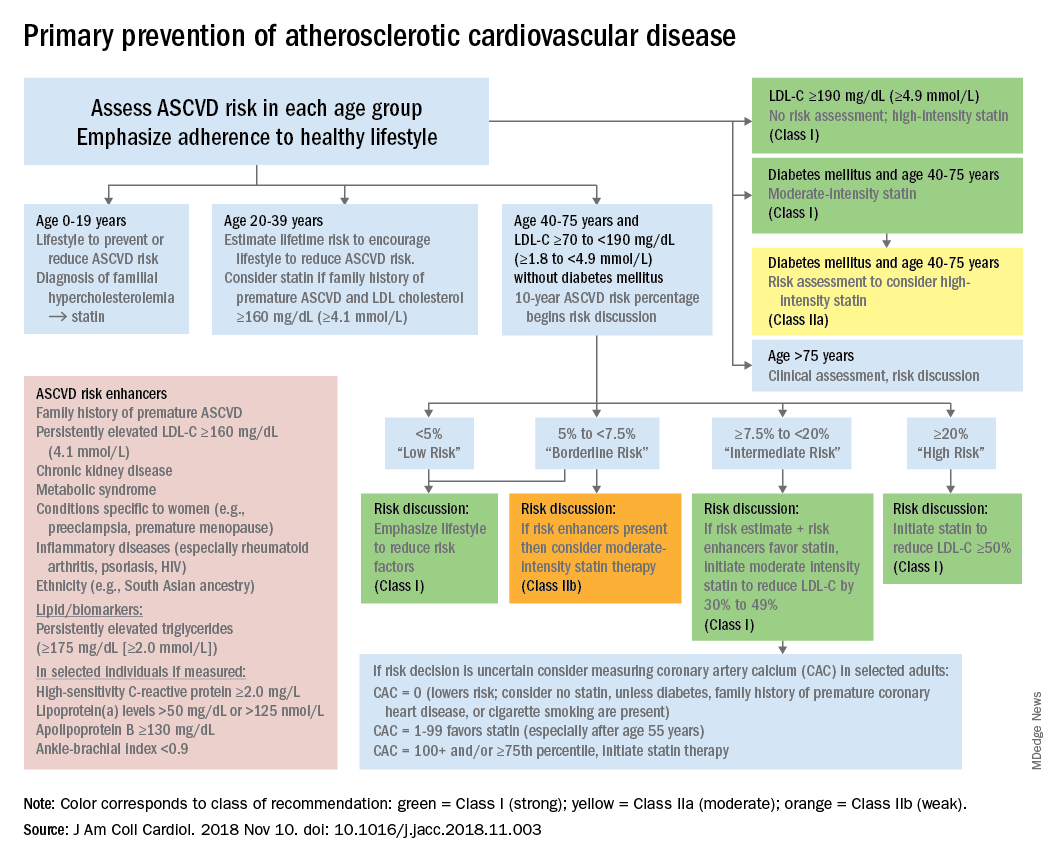
Cholesterol Guideline Risk Assessment Gets Personal Mdedge Internal Medicine